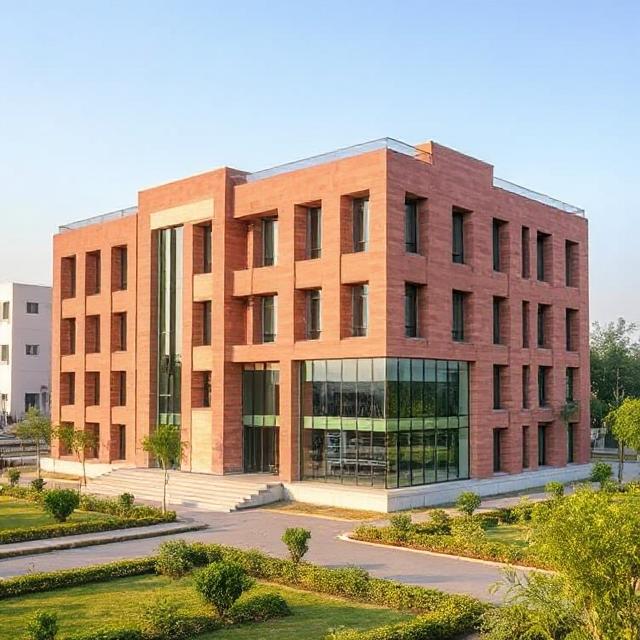In a bold move toward sustainable urban development, Chandigarh has unveiled an upgraded State Action Plan for Climate Change 2.0 (SAPCC), which outlines a roadmap to transform all new government buildings into net-zero energy structures. The plan was recently approved and is set to play a critical role in aligning the city’s construction sector with India’s climate commitments.
One of the cornerstone strategies of the SAPCC 2.0 is the enforcement of Energy Conservation Building Code (ECBC) norms, which mandate energy-efficient design and construction practices for new public infrastructure. The initiative also promotes green building certifications, encouraging the adoption of sustainable technologies and materials such as energy-efficient steel structures, insulation systems, and solar integration.
According to a report, Chandigarh aims to cut down over 1.26 crore tonnes of CO₂ emissions by 2030 by incorporating cleaner construction standards across its infrastructure projects. This move comes as Indian cities increasingly pivot toward low-carbon growth models in the wake of intensifying climate risks and global sustainability commitments.
The SAPCC also outlines strategies for enhancing renewable energy integration, promoting waste-to-energy systems, and improving urban heat resilience through climate-responsive architecture. The construction of net-zero buildings-structures that produce as much energy as they consume-is expected to reduce the environmental footprint of upcoming developments, especially in civic and institutional sectors.
Steel is expected to play a crucial role in this transition, with growing interest in green-rated and recyclable steel products that align with environmental benchmarks. As Chandigarh leads by example, the initiative may serve as a template for other Indian cities to follow.





